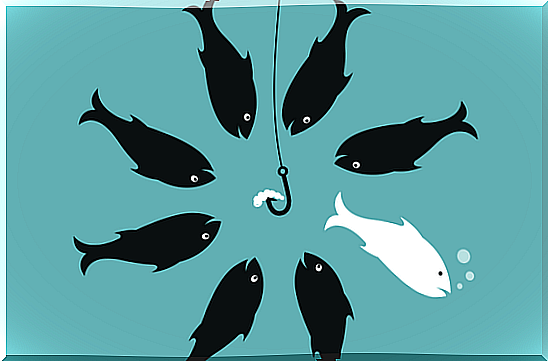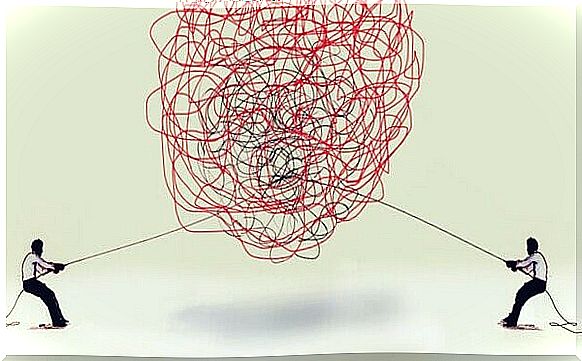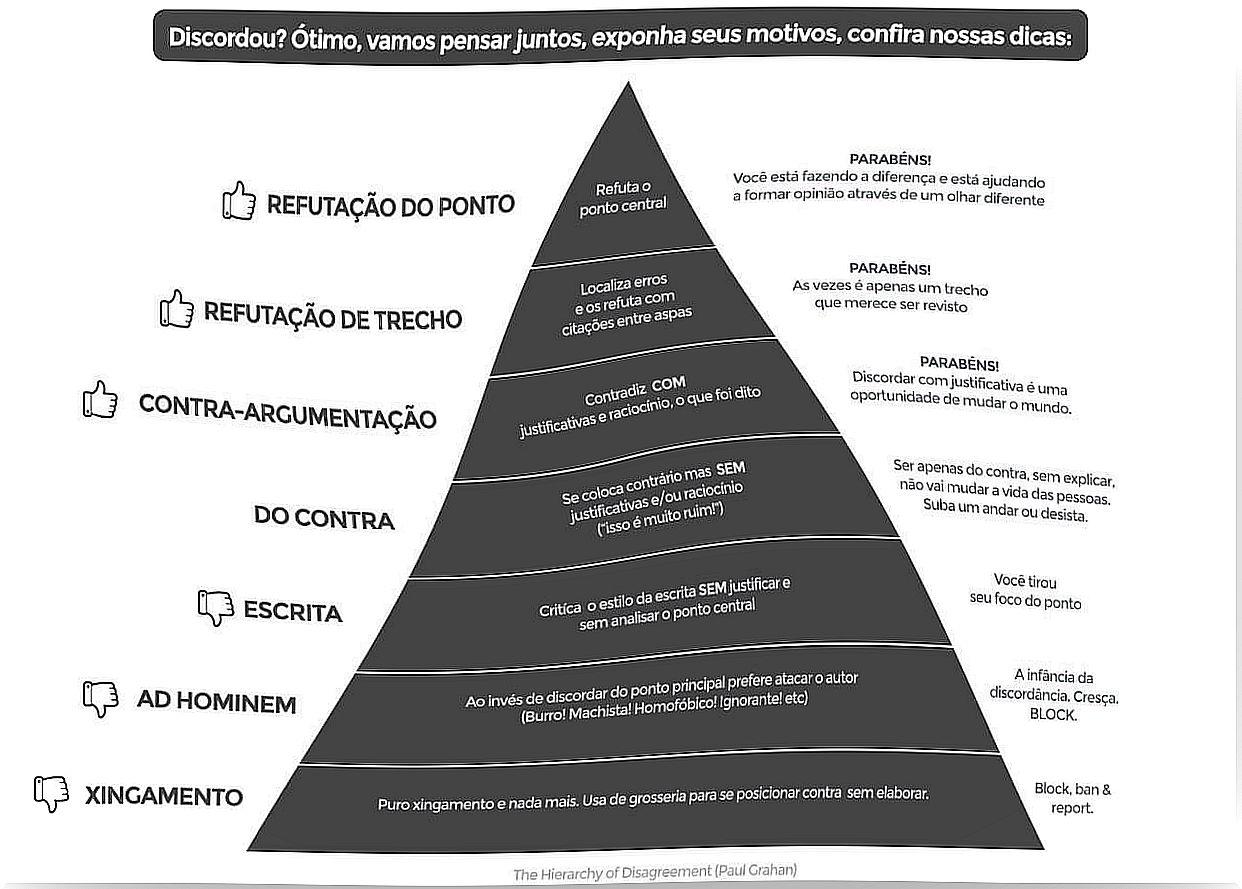How To Learn To Disagree Elegantly And Effectively

Learning to disagree is a very useful art. In this way, we will avoid falling into simple discussion and will be able to effectively control our interlocutor to avoid conflicts and define our position with elegance without ending up in offense or insult. We are undoubtedly facing a great tool based on intelligent disagreement that all of us should know how to apply in our daily lives.
We have to admit, if there’s one thing many of us don’t know how to do, it’s to disagree. Furthermore, to this day there are still many people who confuse the terms and think that this word is actually synonymous with discussion. It is a mistake and therefore we must clarify this mistaken idea: to disagree is not to agree with an idea or an opinion, and this need not represent an offense or a threat to anyone.
Furthermore, another element to consider is that disagreeing in some aspect defines our individuality, the ability to have our own opinion, not only to defend it, but to argue intelligently, enriching the communicative process and the relationship itself.
In our daily lives, not agreeing with something means creating a division of opinion where two people believe they have the absolute truth. Little by little, comments devoid of valid arguments emerge and, suddenly, a dispute begins where no one wins and everyone loses. We see this every day on social media and on the political scene.
Therefore, it is advisable to learn to disagree elegantly and effectively to avoid these meaningless situations. Here we will cite 4 strategies for learning to disagree without arguing.

1. Learning to disagree: the art of having a calm mind
People who know how to disagree with great skill know a very simple secret: to disagree effectively you must have a calm mind. It is necessary to listen carefully to the interlocutor and understand that nothing he says should be taken personally.
The moment we assume that what is being said is a threat, the argument starts and all is lost. That is, if the person in front of me tells me that the most beautiful color in the world is green, I don’t have to think that he is looking down on me because I like the color yellow.
Therefore, it is necessary to keep an open and relaxed mind, and not take the other’s arguments to the emotional level, understanding that disagreeing is not threatening or underestimating the other’s opinion.
2. Disagreeing is a very beneficial exercise
In our daily lives, we often find people used to seeing the world from their own point of view who do not accept opposing opinions. Dialogue with them can be an impossible task, and that is why many times, out of tiredness or for not wasting more time, we believe that it is better to be silent and agree than to naturally say “I do not agree with this”.
Make no mistake, learning to disagree will allow us several things. The first is to reaffirm our identity, self-esteem and opinions. The second is to be much more sociable, enrich our relationships and always be consistent with what we feel, say and do.
In fact, in the world of companies and work, we can say that if there are 10 people in a meeting and everyone agrees, there are probably nine left in this group. In other words, the “boss” does not always have to be right. Disagreeing generates new points of view, generates wealth of ideas, generates human capital…

3. Watch your tone and words
Often, when we talk to someone and choose to disagree with some fact, concept or idea, our tone of voice changes and we raise our voice. At that point, our arguments will no longer matter because that threatening tone of voice will spark the discussion and lead to a moment of tension.
To avoid this, it’s better to work on our emotional regulation. You need to understand that disagreeing with something should not be considered an offense. Let’s take care of that emotionality and regulate the tone of our voice.
4. The Paul Graham Hypothesis
Paul Graham is a British programmer and essayist who gained considerable fame after a work published in 2008 entitled “How to Disagree”. In it, he explained that in order to learn to disagree, we must understand that there are certain levels that are more fruitful and other levels where this dialogue can lead to insults and complaints.
Therefore, to be effective and to argue elegantly, we must remain at this summit, this argumentative excellence that we can learn over time. This would be the hierarchy of disagreement:

As we see in this chart, the areas we should focus on to be effective in handling divergences are the first 4. From the fifth, the discussion ends in attacks, criticisms and insults.
Therefore, it would be ideal that, in each of our conversations, when we disagree with our interlocutors, we act in this way:
- Use constructive and helpful arguments about the central point where the disagreement arises.
- Make the other person understand with contrasting arguments and reasons why he is not right or why what he stands for does not seem valid to us. You need to know how to counter-argue with agility and solvency.
- Make the other person understand that what he thinks or defends does not have concrete and reliable evidence (very useful when, for example, someone tells us “because this is true or because everyone believes it is so”).
To conclude, only one detail is missing: we all know that learning to disagree is not always easy. We often take this issue to emotional terrain and lose control. It must be understood that disagreement is not an offense, and that in reality it is a great opportunity to close deals, learn from others and achieve great achievements.









